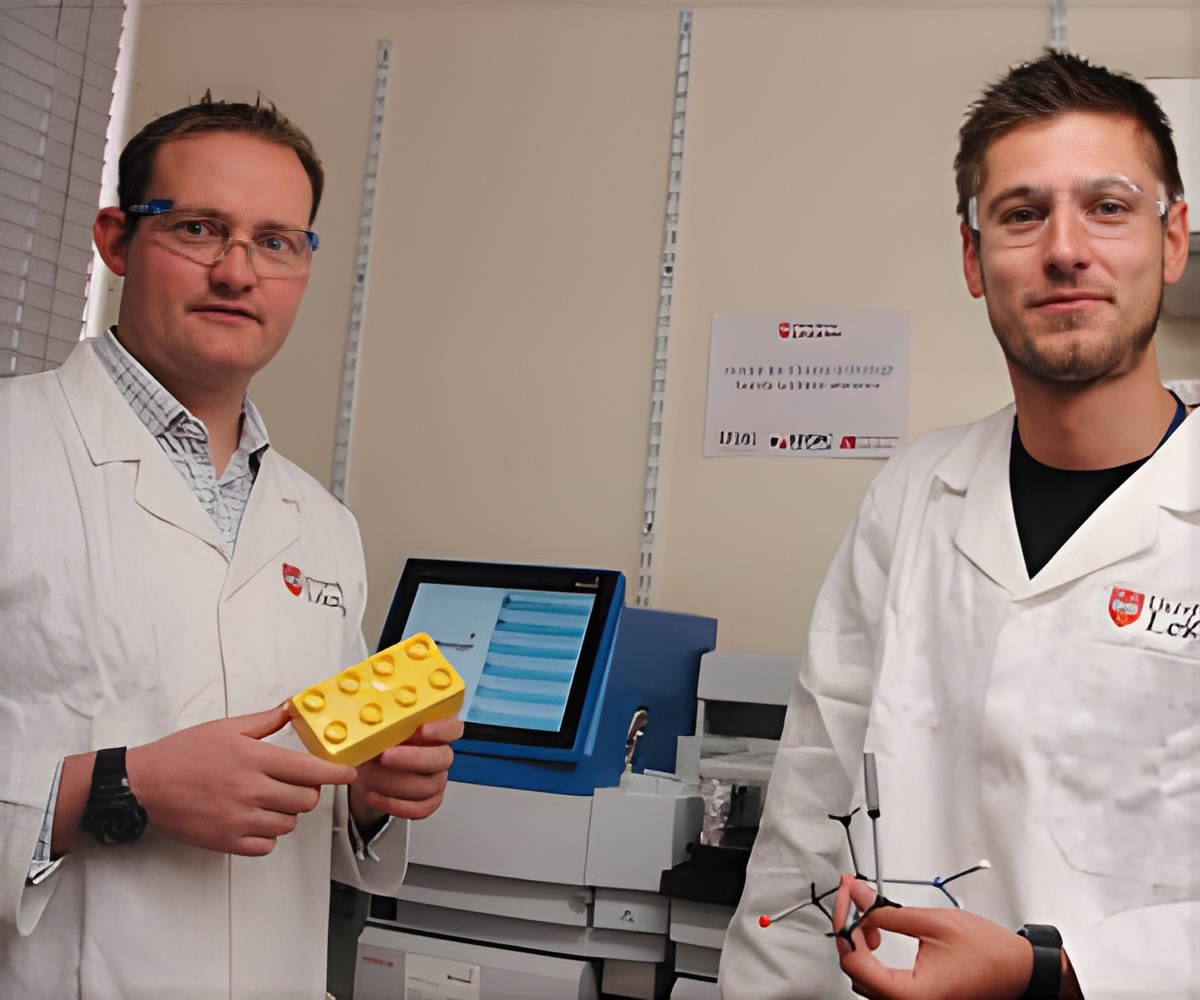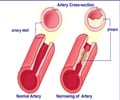
Sean Curran, assistant professor at the USC Davis School of Gerontology explained that so far people have only studied Maf1 in single cells, where it was known to regulate protein synthesis, but no one looked at its effect on the whole organism before.
Curran further added that Maf1 plays a significant role in an animal by altering how they store fat and a protein with such a function would offer a new target for pharmaceuticals to regulate fat.
The team found that adding in a single extra copy of gene that expresses Maf1 decreased stored lipids by 34 percent, while reducing Maf1 levels increased stored lipids by 94 percent.
Deborah Johnson, graduate student of USC assisted Curran said that Maf1 changes lipid metabolism in cancer cells, raising the possibility that it could be used in tumor cell suppression.
The study is published in Cell Reports recently.
Advertisement















